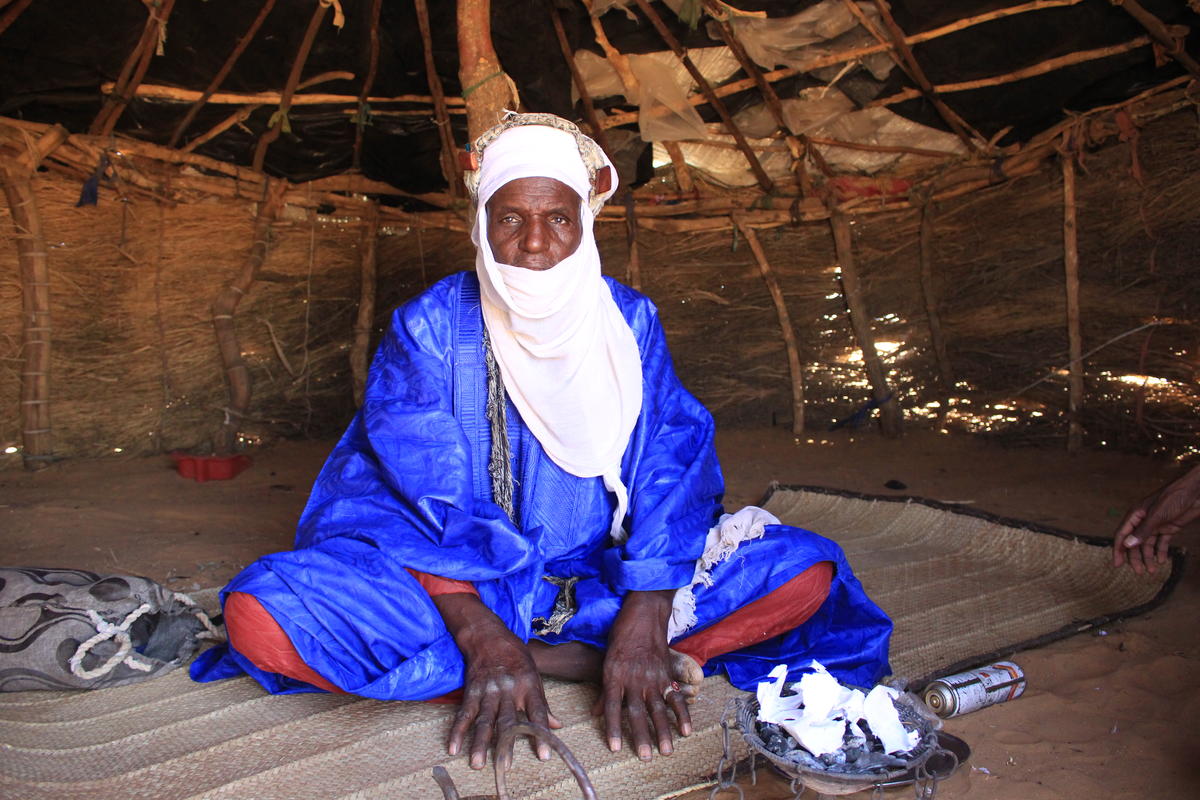Some 74,000 Africans cross Gulf of Aden to Yemen in record-breaking year
Some 74,000 Africans cross Gulf of Aden to Yemen in record-breaking year

GENEVA, December 18 (UNHCR) - More than 74,000 Africans, fleeing civil war, political instability, poverty, famine and drought in the Horn of Africa, crossed the Gulf of Aden and the Red Sea on smugglers' boats and reached the shores of Yemen this year. This figure represents a staggering 50 per cent increase over last year's 50,000 arrivals, itself a record.
Refugees and migrants make the risky journey under harrowing conditions. In some cases they are beaten, raped, killed or just thrown overboard into the shark-infested waters. In addition, the overloaded and overcrowded boats sometimes capsize, resulting in the drowning of many onboard.
According to the latest UNHCR statistics, at least 309 people drowned or did not survive the trip this year. In 2008, some 590 people died during the crossing. Many more people went missing and are presumed dead. The mixed migration route through the Gulf of Aden and the Red Sea is presently the busiest and the deadliest one in the world.
Unlike in previous years, Somalis are no longer the majority of arrivals. With nearly 32,000 Somali arrivals this year their number remains steady in comparison to 2008. However, the number of Ethiopians reaching Yemen more than doubled this year to above 42,000.
While virtually all arriving Somalis approach the two, strategically positioned reception centres in Mayfaa and Ahwar, where they receive protection and assistance, only some 9,000 Ethiopians went to these venues this year. Most press on towards the Persian Gulf states in search of job opportunities.
The Mayfaa and Ahwar reception centres are open for all nationalities arriving in Yemen. In addition to provision of temporary shelter and assistance, they offer information and possibilities to apply for asylum and issue passes, valid for 10 days, for onward travel to Sana'a or Aden, where refugee status determination is carried out.
Upon arrival in Yemen, all Somali nationals are automatically recognized as refugees by the Yemeni authorities, under its group recognition policy. Presently, Yemen hosts some 150,000 Somali refugees. Other nationalities, including Ethiopians, wishing to apply for asylum are required to undergo the refugee status determination procedure conducted by UNHCR. The refugee agency believes some Ethiopian arrivals may have avoided approaching the reception centres, fearing arrest and detention as those who do not apply for asylum and are found to be in the country illegally could be deported.








